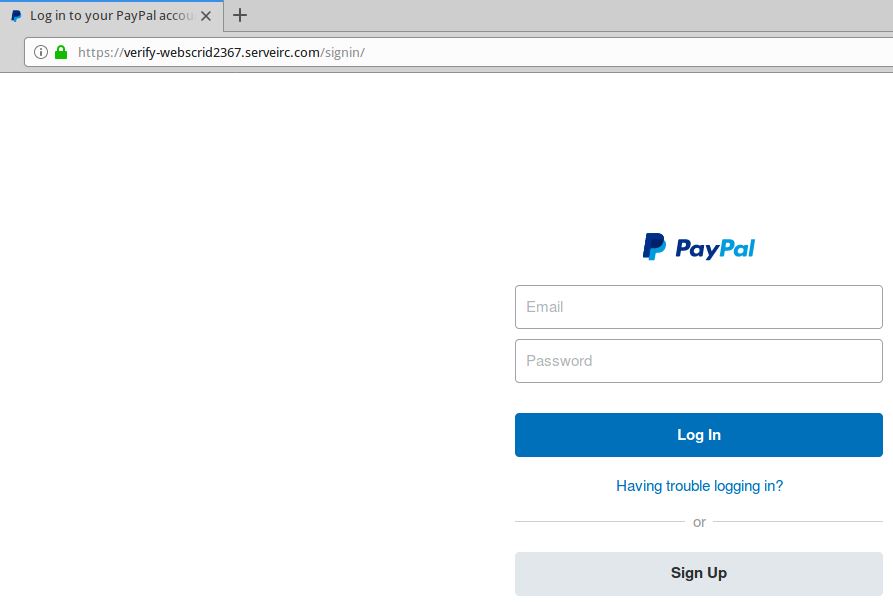No man’s land: How a Magecart group is running a web skimming operation from a war zone
Credit to Author: Threat Intelligence Team| Date: Thu, 18 Jul 2019 15:00:13 +0000
 | |
| We take a look into a Magecart group’s web skimming activities, which are relying on a bulletproof-friendly host in battle-scarred Luhansk, Ukraine to provide cover for their activities, safe from the reach of law enforcement and the security community. Categories: Tags: bulletproofexfiltrationgatehostingIDNluhanskMagecartmagentoskimmerssniffersswipersukraine |
The post No man’s land: How a Magecart group is running a web skimming operation from a war zone appeared first on Malwarebytes Labs.
Read More
